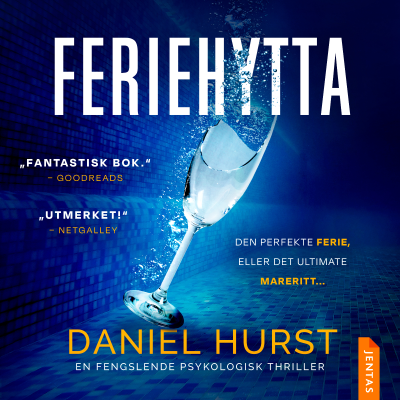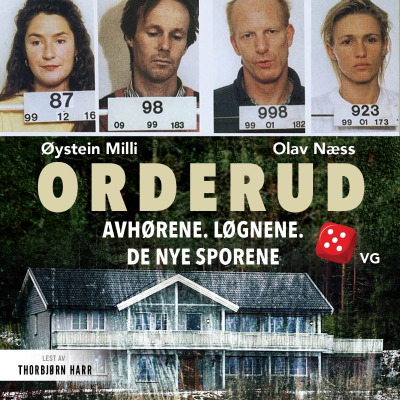
Plant Detective, The
engelsk
Teknologi og vitenskap
Prøv gratis i 60 dager
99 kr / Måned etter prøveperioden.Avslutt når som helst.
- 20 timer lydbøker i måneden
- Eksklusive podkaster
- Gratis podkaster
Les mer Plant Detective, The
Each week Flora Delaterre a.k.a. The Plant Detective investigates a new medicinal plant somewhere around the globe--and it could be in your backyard. Beth Judy writes and voices this minute-and-a-half program in consult with Bastyr University, Tai Sophia Institute, and the Vermont School of Integrative Herbalism. Produced by MTPR. The Plant Detective podcast
Alle episoder
20 EpisoderMistletoe (Part Two): Druids And German Cancer Patients Swear By It
Modern interest in mistletoe as a possible treatment for cancer began in the 1920s. For centuries, it had been used as something of a cure-all, but when mistletoe's immunostimulant properties were confirmed, the Druids' reverence for the healing power of this parasite got some scientific validation. Since then, lots of studies have been done in Germany, where many cancer patients augment conventional treatment with mistletoe extracts. In the lab, it kills certain cancer cells, while boosting the
Mistletoe (Part One): A Parasite That Can Hurt Or Heal
Mistletoe, a parasitic plant that grows on a wide range of host trees, shows up on every continent but Antarctica - and on each continent, it's been used in folk medicine. From ancient Greece into twentieth-century America, it was prescribed for epilepsy. Over the centuries, healers have used mistletoe to treat arthritis, menstrual problems, miscarriage (through controlling bleeding), hypertension, and pain - and that's just the short list. It's prescribed frequently in Europe. But don't try any
Relax, It's Passionflower
Passionflower is a beautiful climbing vine native to the Americas whose corona reminded people of the crown of thorns worn by Jesus during his crucifixion. It's a sedative, milder than valerian or kava - often, you'll find it used in combination with other calming herbs like lemon balm. Passionflower calms the nervous system, reduces anxiety, and soothes insomnia and muscle spasms. Scientists think it increases levels of gamma aminobutyric acid (GABA) in the brain. Don't use passionflower if you
Calabar Beans: Pre-History's Lie Detectors
The Efik people of the region that is now Nigeria used to force people accused of crimes to suffer a trial by ordeal: they'd be fed calabar beans, a known poison. If the accused died, they were judged guilty. If they lived, they were "proven" innocent. There's some pharmaceutical basis to this. It turns out that the poison of the calabar bean is absorbed in the mouth, where a guilty person might try to hold the beans, to avoid swallowing. For the guileless who swallowed them whole, the emetic
Usnea: Bearded Medicine
You might have brushed by it in the forest, where this hairy-looking symbiosis between algea and fungi perches on tree limbs. The look of the lichen usnea explains its nicknames: "old man's beard," "tree's dandruff," "women's long hair," and "beard lichen." For centuries, it's been considered a handy medicinal. People grab some to dress wounds, or take it internally for infections or oral inflammation. But in the 1990s, when manufacturers of weight-loss drugs started adding sodium usniate (usnic
Velg abonnementet ditt
Premium
20 timer lydbøker
Eksklusive podkaster
Gratis podkaster
Avslutt når som helst
Prøv gratis i 60 dager
Deretter 99 kr / month
Premium Plus
100 timer lydbøker
Eksklusive podkaster
Gratis podkaster
Avslutt når som helst
Prøv gratis i 60 dager
Deretter 169 kr / month
Prøv gratis i 60 dager. 99 kr / Måned etter prøveperioden. Avslutt når som helst.

































